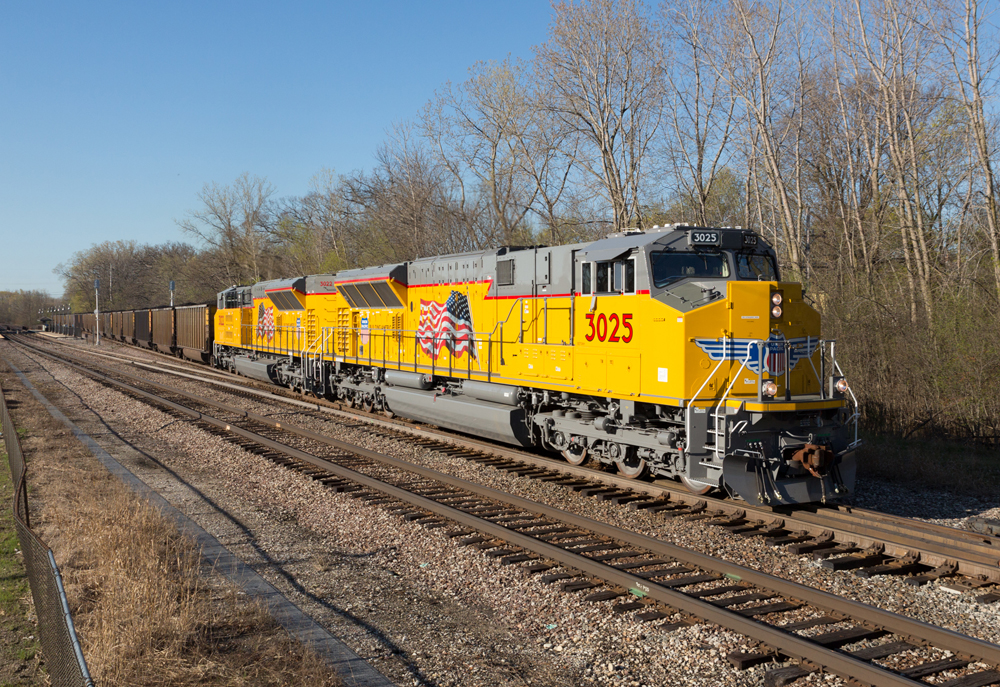
SD70-series locomotives EMD’s SD70-series is the longest-running locomotive series in railroading, spanning over three decades. There have been nine domestic new-build models. There are also many more export and remanufactured models that use the “70-series” designation. First introduced in 1992 as the successor to EMD’s “60-series” locomotives, the “70-series” locomotives were the builder’s first to […]
Read More…
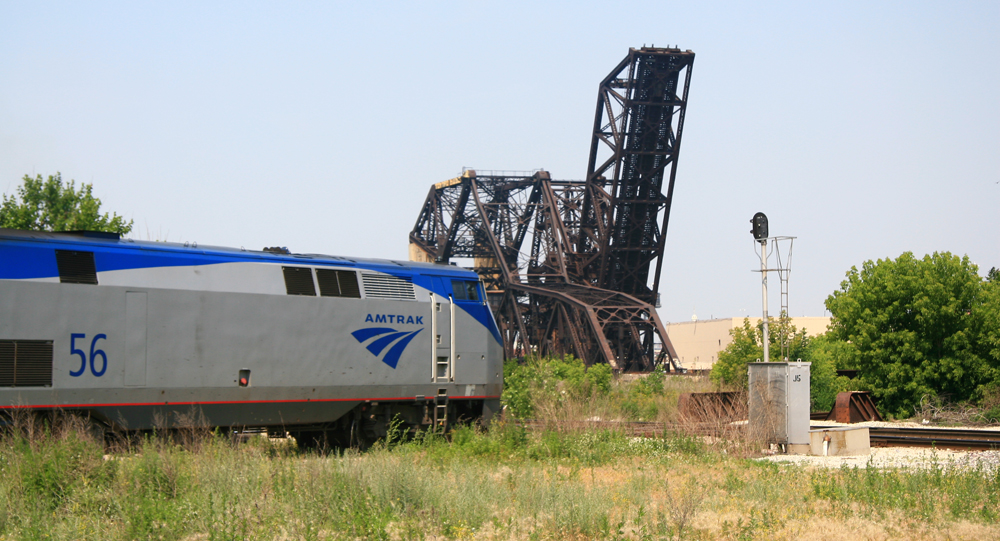
Trains take a detour The whir of an electric switch motor fills the air as a dwarf signal flashes from red to green. Beneath a blinding headlight, four locomotives advance stiffly along a tight connecting track as the rails squeal in protest. A dark figure emerges from a pickup truck waiting in the gathering darkness, […]
Read More…
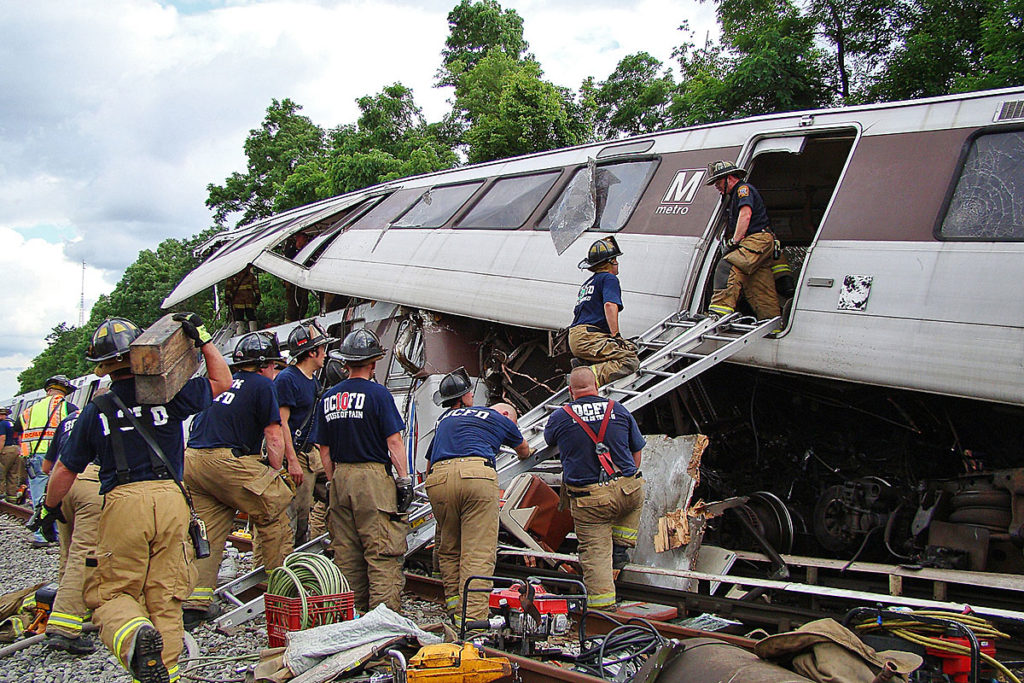
This story originally appeared in the May 2012 issue of Trains Magazine. Train wreck Two very similar passenger trains approach a standing locomotive at slow speed in an over-under video produced by the John A. Volpe National Transportation Systems Center in Cambridge, Mass. On impact, one train crumples with the lead car, but stays in […]
Read More…
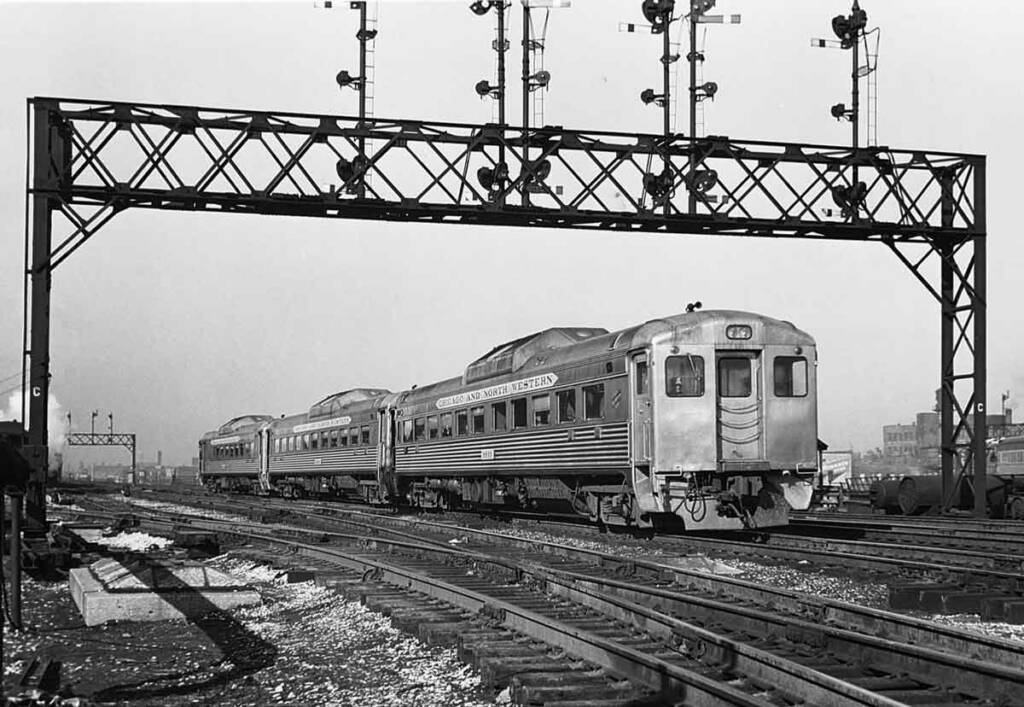
The Rail Diesel Car (RDC) was the Budd Co.’s answer to declining passenger traffic during the post war. The demonstrator was introduced on Sept. 19, 1949, at Chicago Union Station. As described by Trains’ then-Associate Editor David P. Morgan in the November 1949 issue, this new rail-motor car was a combination of prior self-propelled technology, […]
Read More…
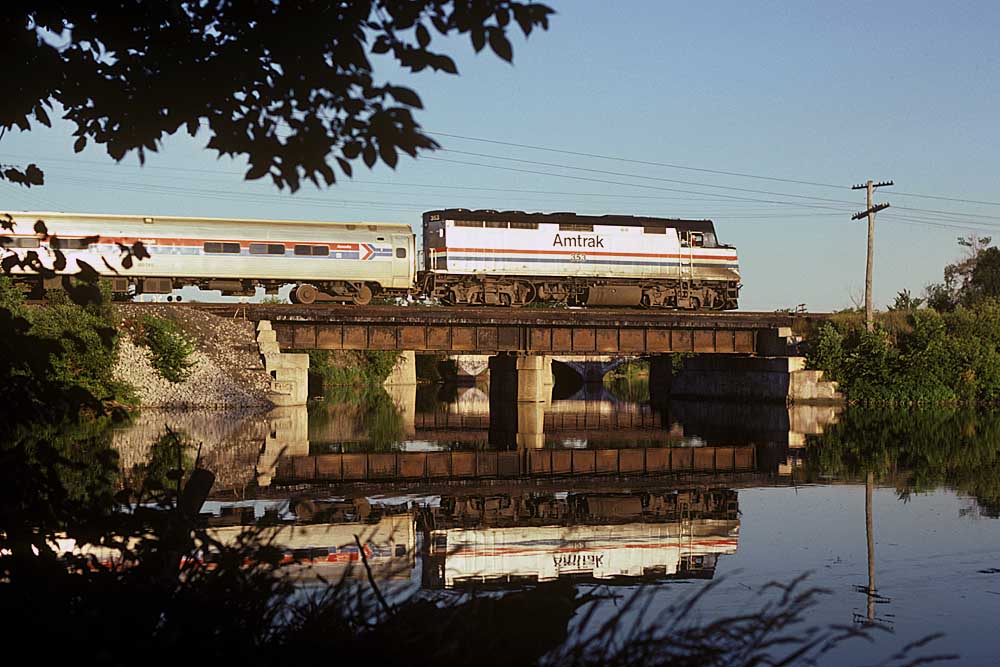
Amtrak Toledo services have seen changes consistent with the rest of the national network in its 50-year history. Throughout its history, Amtrak trains have called upon the former New York Central station on Emerald Avenue at the south end of downtown. NYC opened the station, built with cream brick and copious amounts of glass block, […]
Read More…
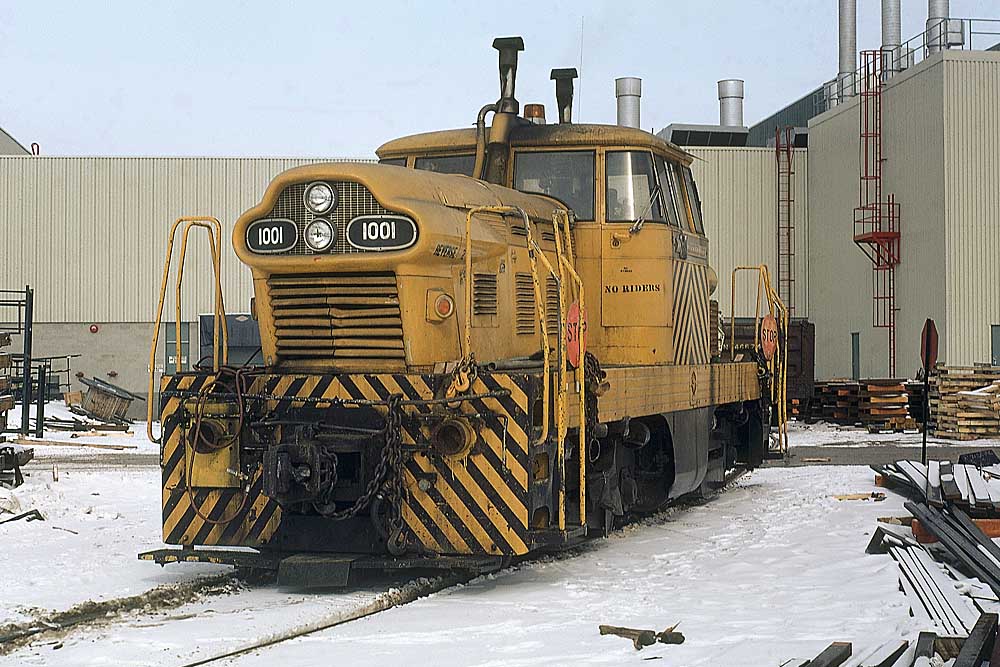
EMD may be the most famous locomotive manufacturer in the history of railroading. Despite that success, there are models in the the EMD history books which arrived to little fanfare and few orders. The following are six notable examples of EMD locomotives that, for one reason or another, no one wanted. EMD Model 40 The […]
Read More…
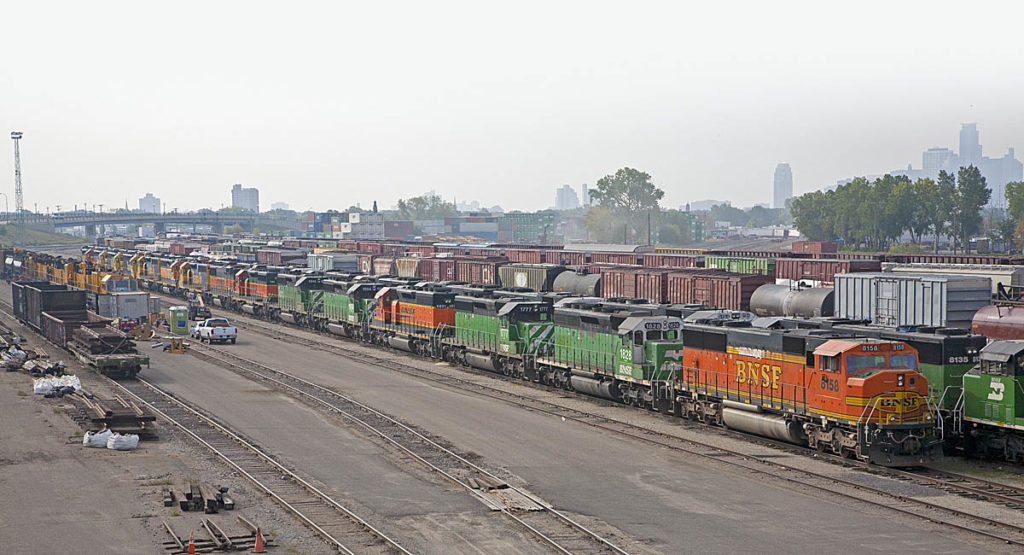
Storing locomotives Changing traffic levels affect the amount of equipment in operation, from freight cars to locomotives. When events occur such as a softening of the economy, losing a major contract to haul goods, or the end of a cyclical demand such as a grain harvest, a railroad will occasionally have to store equipment when […]
Read More…
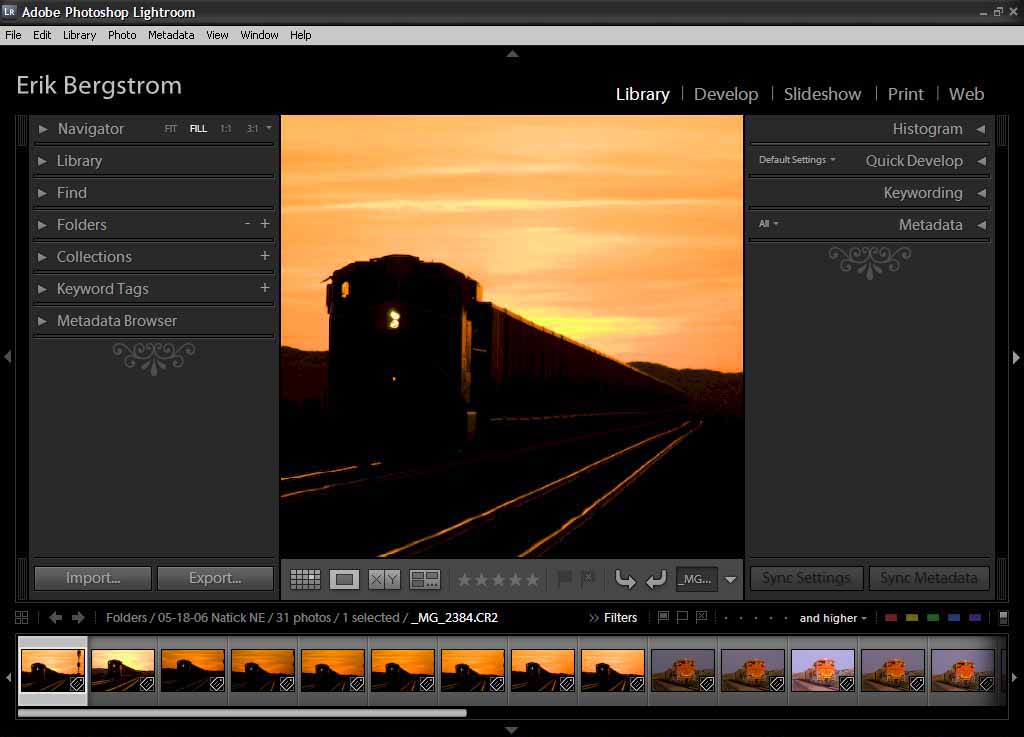
Adobe Photoshop Lightroom The view from the Library module of Abobe’s powerful digital image organization and editing software, Photoshop Lightroom. Recognizing the popularity of digital photography and the need to keep collections organized, Adobe released Photoshop Lightroom in early 2007. This software offers a user-friendly interface that lets you store, locate, sort, and edit your […]
Read More…
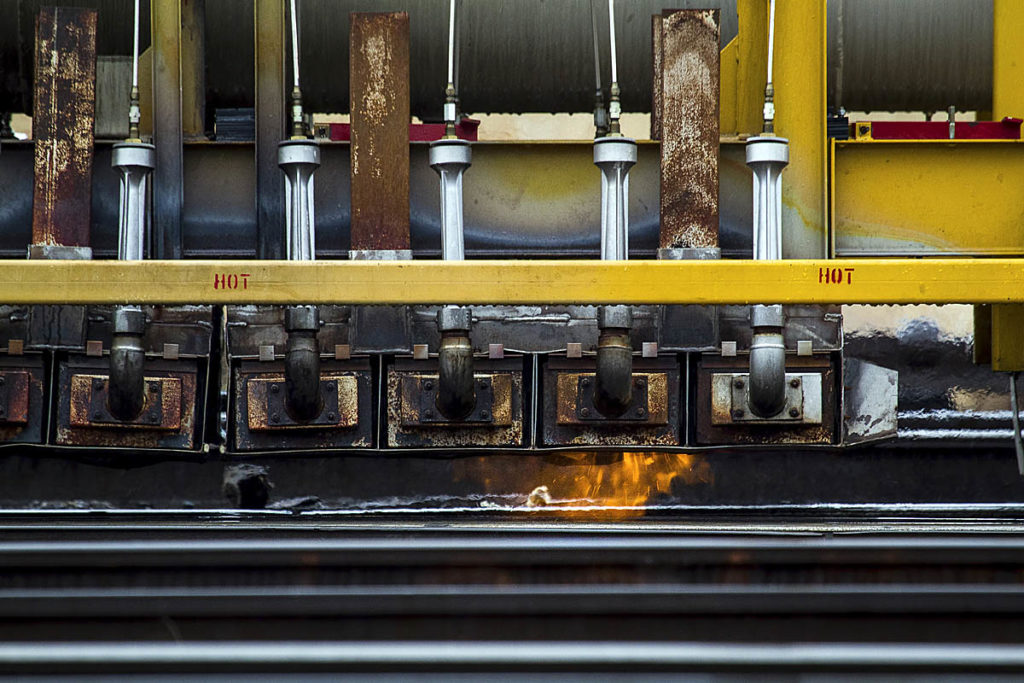
Track inspection No. 1: Know thy thermal forces! For John Zuspan, principal at Track Guy Consultants, the most important takeaway for any student in his introductory track inspection course is that rail forces increase with temperature changes. So, knowing that the rail can move (compress or tense), even in moderate temperatures, means knowing that track […]
Read More…
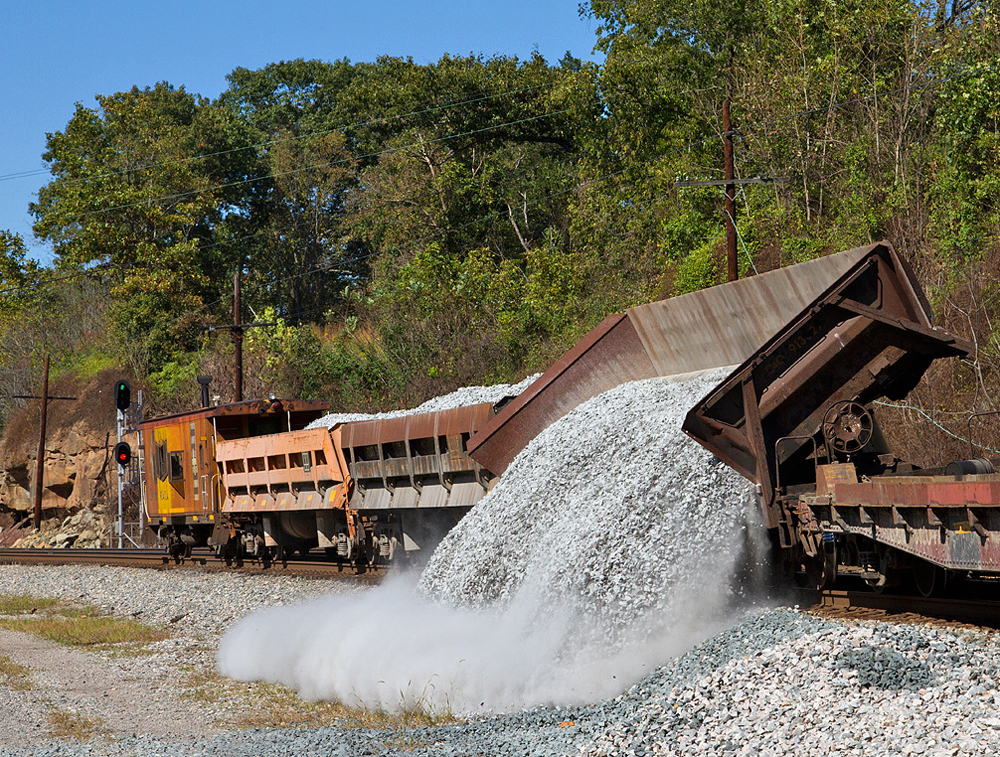
Track ballast Down below the trains, below the rails, the tie plates, and the ties, is a lowly yet vital component of railroading — track ballast. While ballast may not be at the top of anyone’s list of rail topics, it’s literally part of the foundation of railroads, and it can comprise more than 80% […]
Read More…
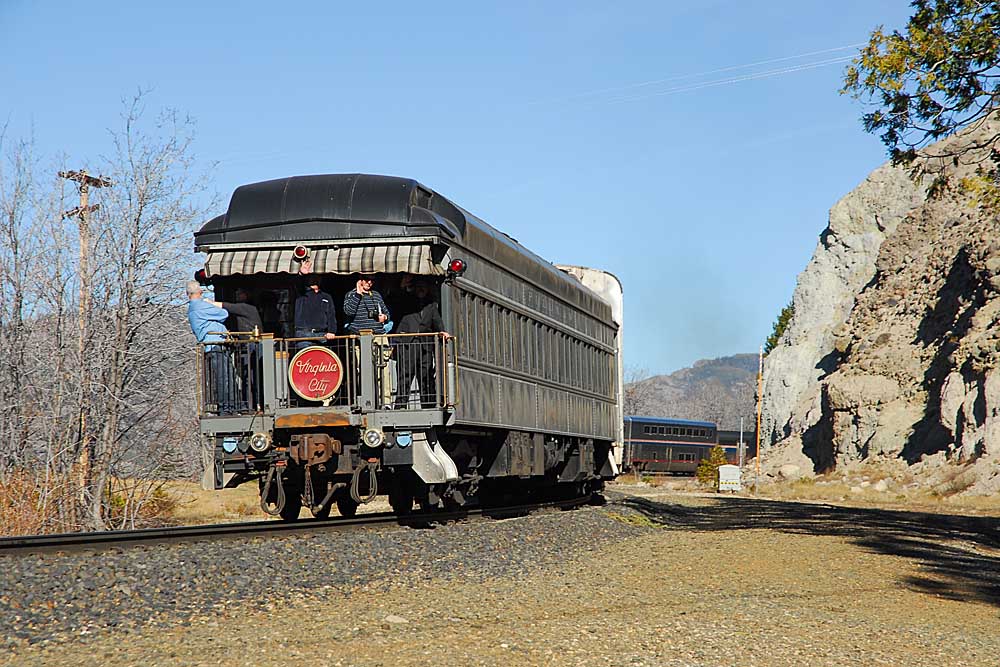
I’ve never been in the market for a private railroad car — editors and writers rarely ascend to that rarified air — but if I was, I’d compose an email this very moment and send it to the equipment broker Ozark Mountain Railcar, there to bid on what might be the ultimate PV: heavyweight sleeper-observation […]
Read More…
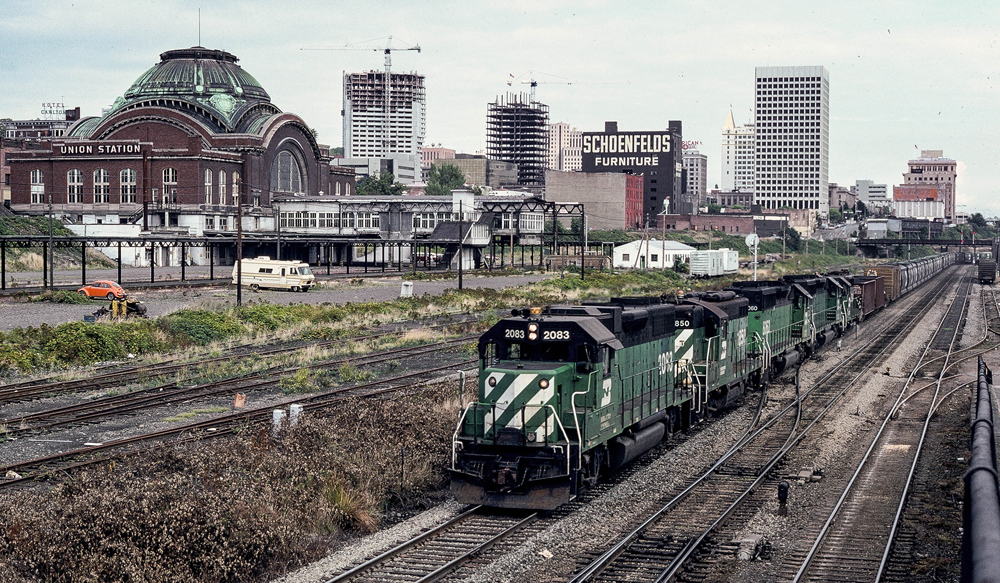
I was promoted to conductor on May 19, 1981. This was rare at my age — I had just turned 21 at the end of 1980. In those days you had to have two years on the road as a brakeman to even qualify to get a promotion. The test I had to take had […]
Read More…












